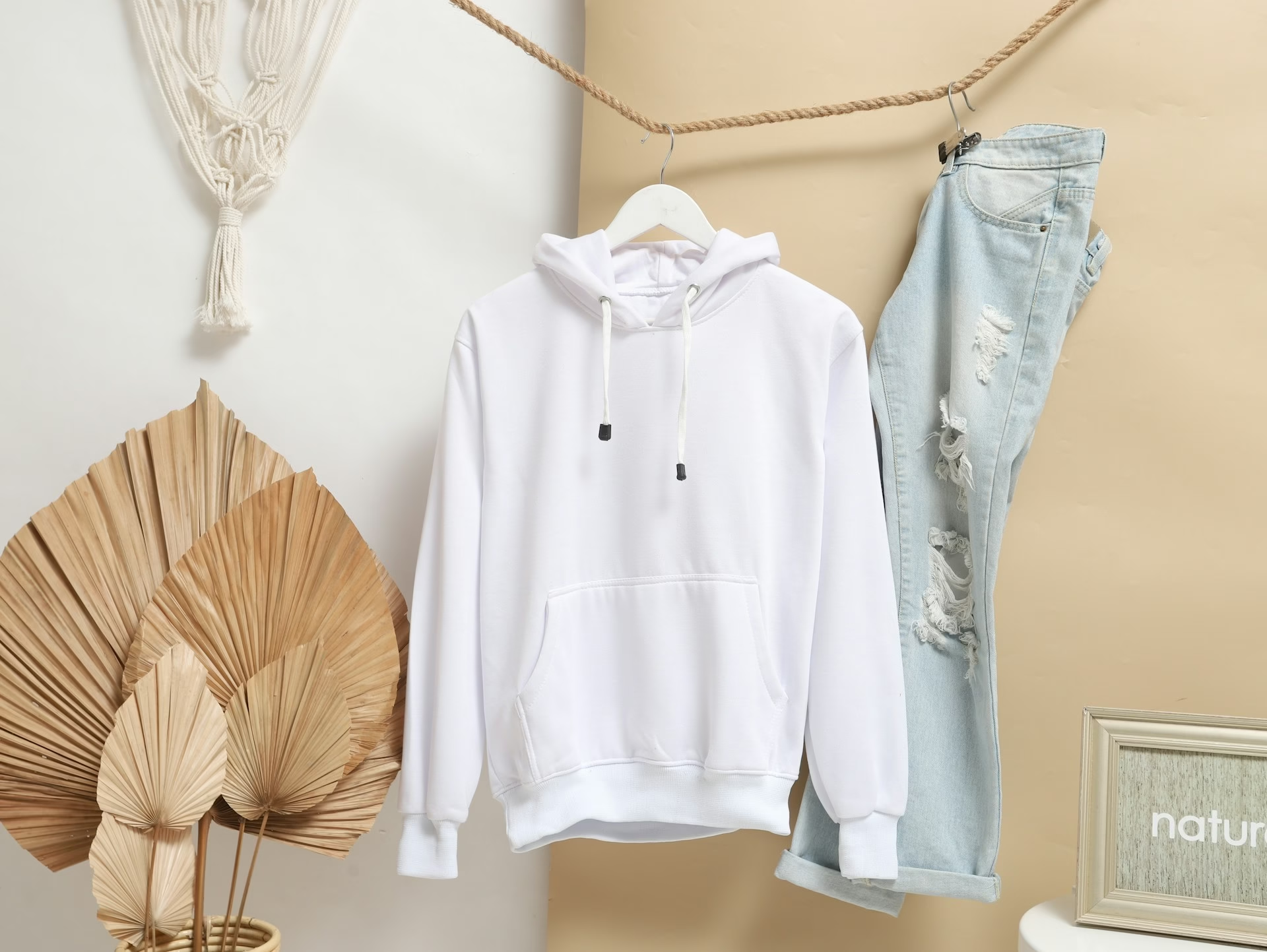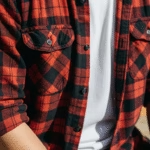There are few textile disappointments as big as pulling out your sweatshirt. wardrobe favourite and discover that it has been invaded. Tiny, annoying, stubborn little balls of fluff have taken over its surface, giving it an old, worn-out look. It’s frustrating, and it’s one of the main reasons we discard our clothes prematurely. In fact, some studies indicate that extending the life of our clothes by just nine months can reduce their carbon, water and waste footprint by up to 30%.
But what aboutwhy do clothes get lumps on their clothes?? This phenomenon, known as *pilling*, occurs when short or broken fibres in a fabric become entangled with each other due to friction and heat. And while it is often associated with poor quality, the reality is that even the best garments can suffer from it if not properly cared for.
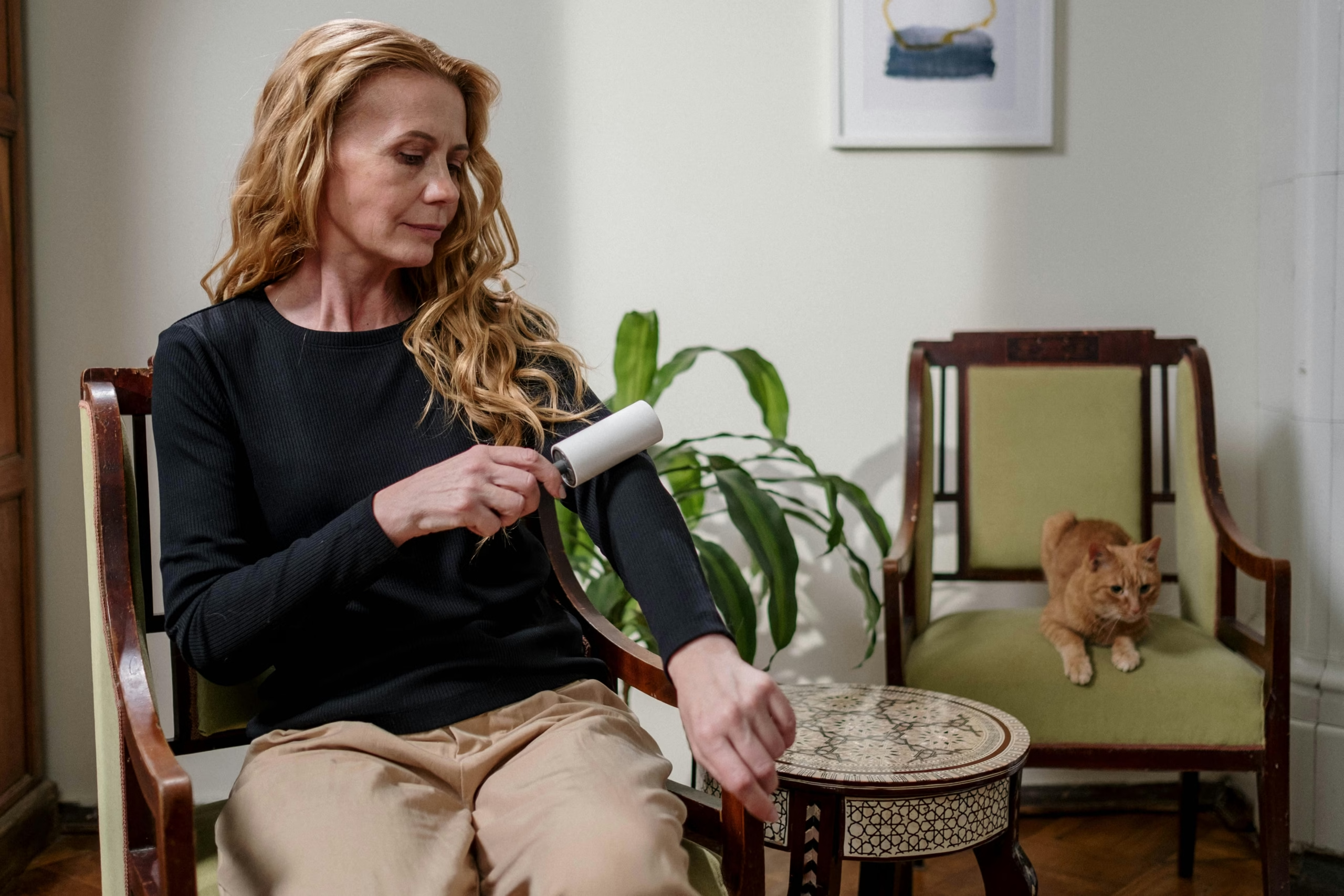
The good news is that this battle can be won. With this definitive guide, you will learn not only to how to remove the pellets from clothesbut, more importantly, to prevent pellets on sweatshirts appear in the first place.
Prevention is the Best Cure: How to Wash and Dry to Avoid Pilling
The war against pellets is waged in the laundry room. Friction and heat are your enemies. Follow these steps and your sweatshirts will thank you.
1. Wash Upside Down and Less Often
This is the simplest and most effective trick. At washing clothes inside outThe outer side of the garment, which is the side you can see, is protected from direct friction with other garments and the washing machine drum. Also, a sweatshirt does not need to be washed after every use. Unless it is stained or smells bad, air it out and wear it several times before washing.
2. Cold Water and Gentle Cycling
Hot water weakens the fibres of cotton and polyester, causing them to break and ball up more easily. Always choose a washing machine programme for sweatshirts con cold water (maximum 30°C) and a delicate cycle. This not only protects your clothes, but also saves energy.
3. Separate by Tissue and Use Wash Bags
Never wash your soft cotton sweatshirts with coarse fabrics such as jeans, towels or clothes with zips. Friction between them is a recipe for disaster. For extra protection, you can using laundry bags for delicate laundry. Putting your sweatshirt in one of these bags is like giving it a personal armour inside the washing machine.
4. Goodbye, Tumble Dryer (or use it wisely)
The tumble dryer is the main culprit for shrinkage, loss of colour and, of course, pilling. The intense heat and constant tumbling are torture for fabrics. The best option is always to air dry your clothes on a hanger or flat to prevent them from warping. If you have no choice but to use it, choose the low temperature drying programme and take the garment out when it is still slightly damp.
[2P]
Rescue Mission: How to Remove Pellets from a Sweatshirt
If it is too late for prevention, don’t despair. You can recovering an old sweatshirt y devolverle su gloria.
The Manual Method: The Razor Blade
It’s a classic and effective trick, but it requires patience and care. Spread the sweatshirt out on a flat, taut surface. Run a new (and cheap, non-gel-striped) razor blade gently across the surface, “afeitando” the balls. Do this with short strokes and without pressure so as not to cut the fabric.
The Professional Tool: The Electric Lint Remover
It is the safest and quickest way to removing pilling from a sweatshirt. A good electric lint remover has a protective grid and a small motor that sucks the beads as it cuts them. It’s a small investment that will extend the life of all your knitwear.
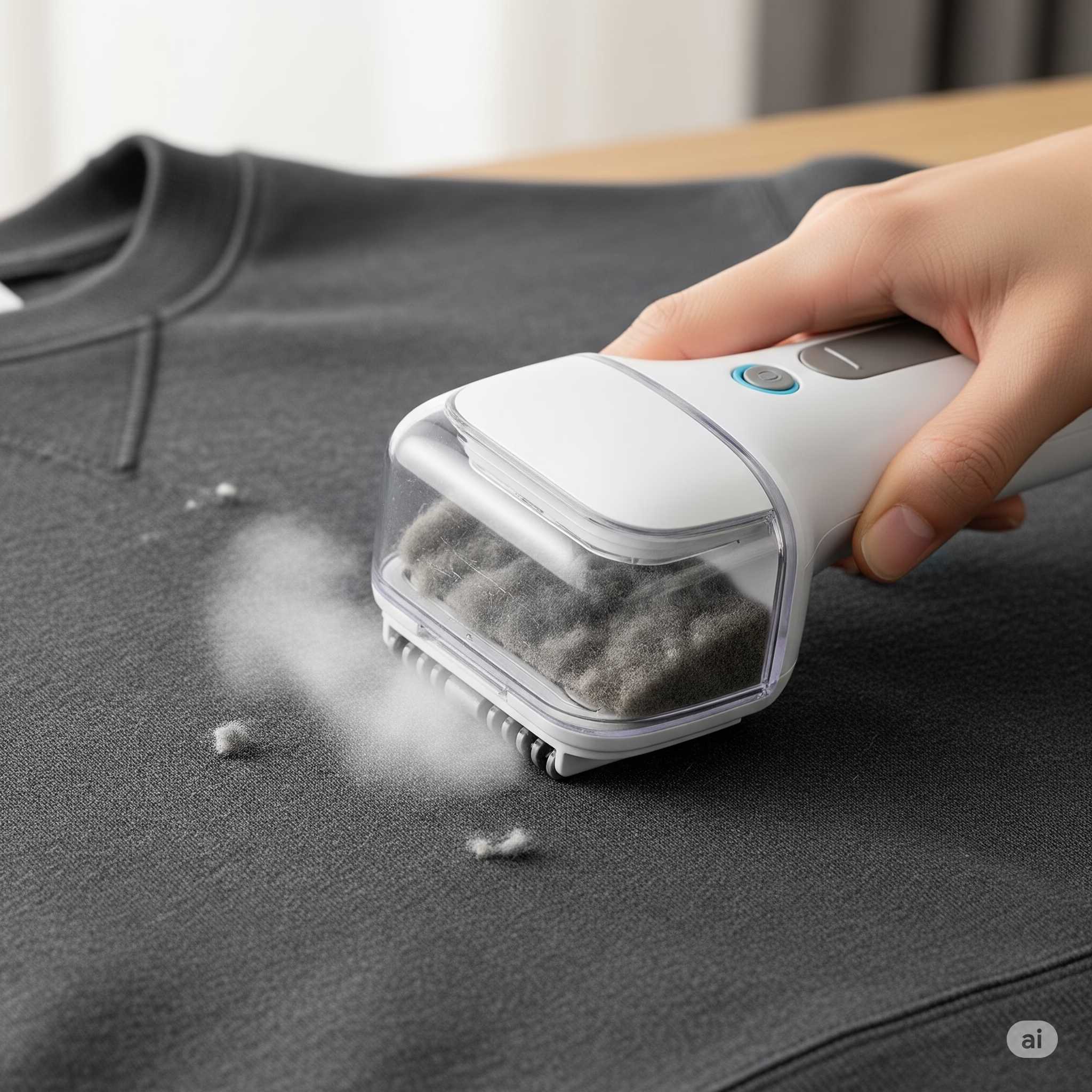
Case Study: Patagonia and the Philosophy of “Reparar es un Acto Radical”
taking care of your clothes goes beyond aesthetics; it is an act of sustainability. No one understands this better than the brand Patagonia. Its programme “Worn Wear” not only teaches customers how to repair their garments, but celebrates mended jackets and fleeces with history as symbols of a commitment to the planet.
Its philosophy is based on a powerful idea: the most sustainable garment is the one you already have in your wardrobe. By promoting repair and care, Patagonia invites us to change our relationship with clothing, to see it not as a commodity for quick consumption, but as a durable tool that deserves our maintenance. This approach is the perfect antidote to a culture of “usar y tirar” which encourages the appearance of pellets. Taking care of your sweatshirt so that it lasts for years is, in essence, a small act of rebellion.
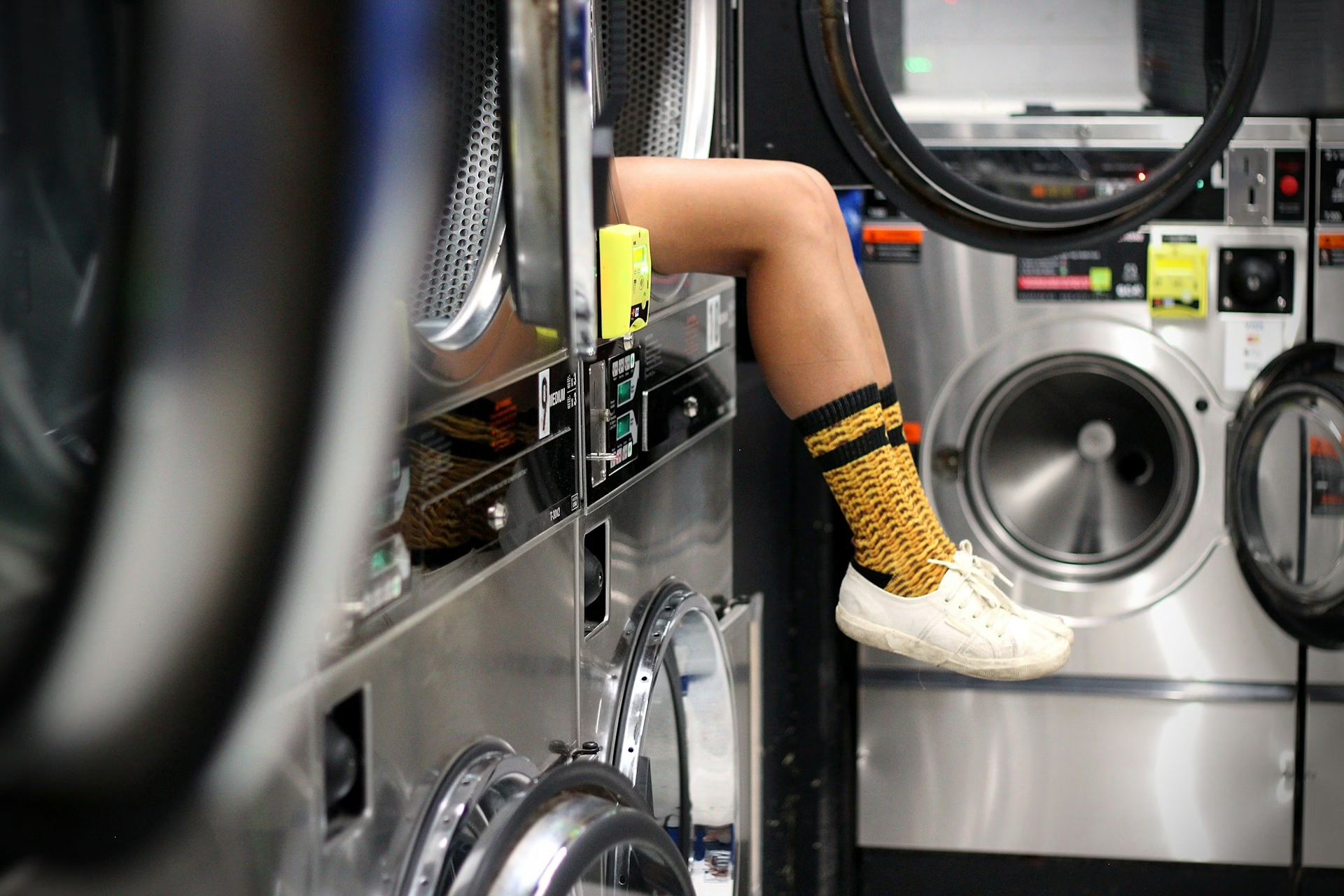
The appearance of pilling on your sweatshirts is not a death sentence for your favourite garments. It’s a sign that they need a little extra pampering. With a preventative approach to washing and drying, and the right tools to rescue them if necessary, you can keep your sweatshirt collection soft, presentable and comfortable for a long, long time.
In the end, caring for your sweatshirts is to look after your money, your style and, in a small but significant way, the planet.
What tricks do you use to keep your sweatshirts free of pellets? Do you know of any other foolproof methods? Share them in the comments!

